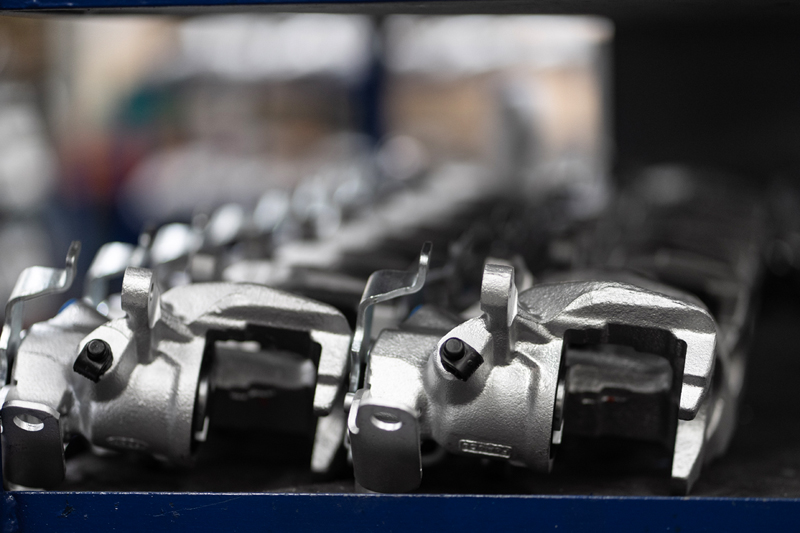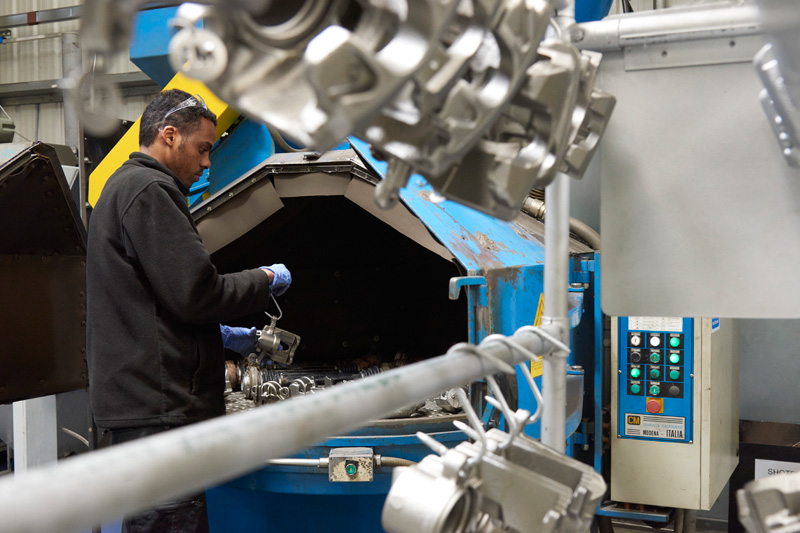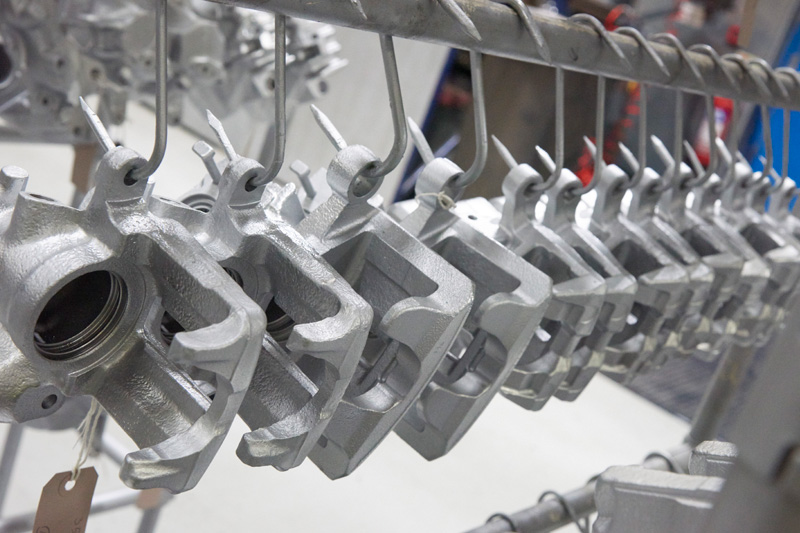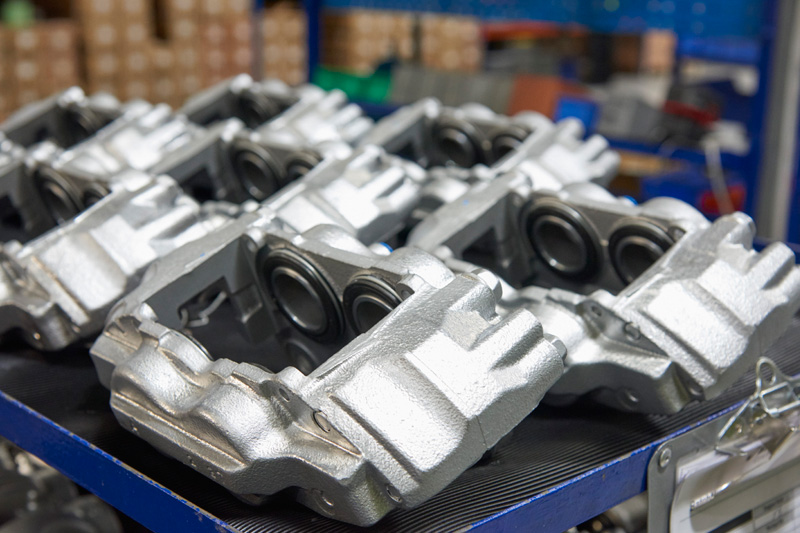
With the car parc constantly growing, both in terms of the number of new vehicles registered, and the number of new makes and marques each year, factors must be able to meet the needs of their customers when it comes to dealing with the supply and demand of the brake caliper.
Joe Toakley, Area Sales Manager at Shaftec, commented on these needs: “There are a number of basic rules which factors should follow to ensure that their garage customers never have to turn away business in an ever-growing market. These rules include excellent quality, range, availability and up-to-the-minute data. Broadly speaking, these rules all fall under the simple heading of ‘choose your supplier carefully!’ Always go for one who can meet all your needs.”
Market growth
The statistics for new car registrations are impressive. Figures show that the number of new registrations has increased virtually every year since the end of the Second World War. At the end of March 2019, there were 38.4 million licensed vehicles in Great Britain, an increase of 1.4% compared to the end of March 2018. During the first quarter of 2019, 857,000 vehicles were registered for the first time in the country. These included 16,082 vehicles that complied with the ULEZ regulations. Furthermore, there were 24 makes with over 10,000 cars, and 21 makes with over 500,000 licensed cars registered for the first time each.
That’s a lot of cars, and over the next five years, these will enter the aftermarket for service and repair. With this in mind, factors need to do their homework well in advance to make sure that they are prepared.

Go down the reman route
Price wise, with goods arriving from factories across the globe, the caliper market is extremely competitive. In terms of quality and range, partnering with a supplier of remanufactured parts is the ideal solution because they are cheaper for the end user and they use less energy to produce. In addition, they are often the only way of keeping older and more niche vehicles on the road. New parts often come from abroad. Aside from the safety aspect of having an unknown track record, they are made in large numbers to make it economically viable. Suppliers buy in the parts which they believe are guaranteed to sell quickly, as they don’t want to be left with 10 years of redundant stock sitting on the shelves, taking up valuable space and not generating any income.
However, this model has its flaws, and in many cases, these parts don’t fit. If a garage gets a couple of cars a day through the door which are older vehicles requiring a niche part and they don’t have access to quality products from a reputable remanufacturer, they are going to lose business to the main dealer. And nine times out of ten, that customer won’t come back.

Forecasting
“Prediction is a big part of the job of a remanufacturer, and forecasting reverse material flow can be problematic,” added Joe. “Shaftec uses bespoke formulas in order to forecast demand and production routines. We have a team that concentrates solely on this and on sourcing core. Getting this bit right is a key ingredient for our processes to flow and to keep our availability as high as possible. The long term weather forecast is our friend, as bad weather has a significant effect on demand for calipers.
Falling temperatures, road salt and gritting agents are the achilles heel of the caliper! Corroded or old seals are easier to penetrate, and the cold temperature makes them brittle. Once a caliper ceases, it is extremely likely that the only option is to replace it rather than to get it repaired, especially when it is such a safety critical part. As a result, we see a notable increase in caliper sales based on the climate.”

Data is key
As a TecDoc certified data supplier, Shaftec offers a range in excess of 5,500 remanufactured part numbers from its Midlands-based production facility. TecDoc acts as a conduit data collator between the company and its customers. All customer actions and behaviour are tracked and logged, and this data is used to forecast Shaftec’s production routine/stock holding, as well as its new-to-range calipers.
Joe concluded, “Choosing a supplier that meets all of your needs gives you the perfect foundation and ensures that you will always be able to service your customers with the parts they want, when they need them. All your ducks need to be in a line to achieve success.
“From expert sourcing of old core and remanufacturing processes, to intelligent forecasting and range development, through to the correct use of TecDoc data to produce reliable cataloguing and confidence in availability, we make sure that all of this is in harmony; developing and managing a successful programme that keeps us, you – and in turn your customers – ahead of the game.”







